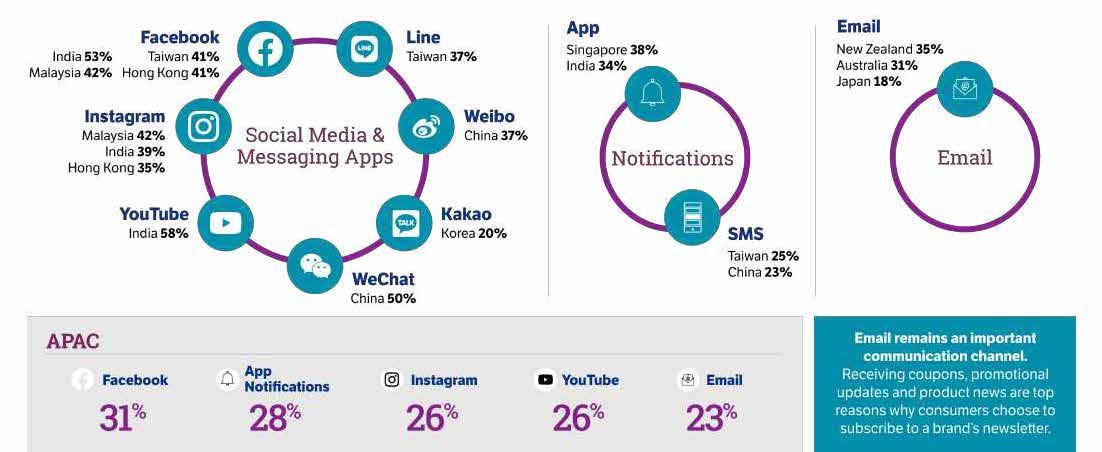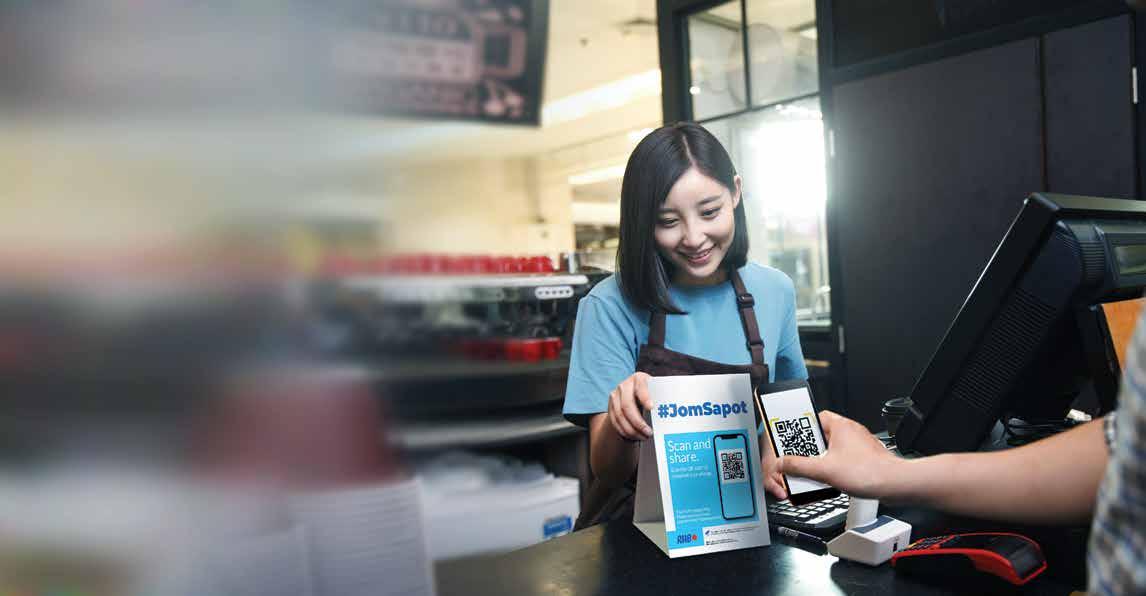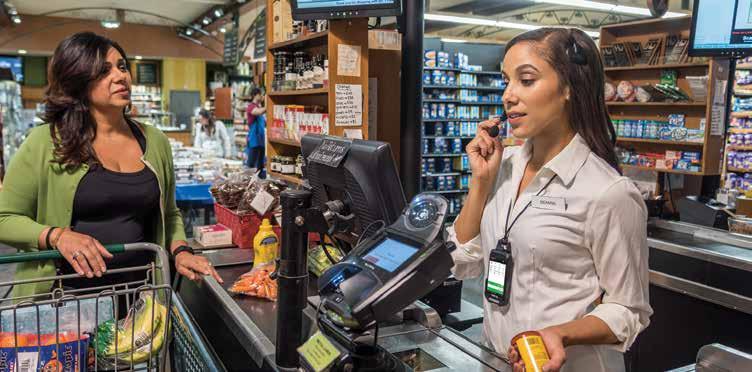
4 minute read
The New Age of Retail
By Fang-How, Lim, Regional Director – Southeast Asia, Zebra Technologies Asia Pacific
he resiliency of retailers T and supply chains are being tested more than ever before. As businesses reopen and rebuild, retailers are facing new challenges because consumers have completely changed their shopping habits.
Covid-19-driven lockdowns and social distancing requirements have greatly accelerated the pace of e-commerce. Companies around the world are trying to determine how to add value to their e-commerce operations to maintain consumers’ appetite for online shopping. The following four options can help businesses find their own solution as they migrate into a new retail age.
As shoppers become increasingly demanding, an out-of-stock situation will likely impact customer service, sales and income. Therefore, micro-fulfilment is gaining popularity worldwide. Many retailers are managing e-commerce demand with decentralized distribution models that stage products closer to consumers to enable faster preparation and deliveries.
Mini distribution centers are strategically located near target clients, and the use of technology like mobile computers and wearables ensure full traceability of inventory and drive increased operational productivity in small spaces. With the right system, retailers can achieve control of their data, ensure seamless integration with other inventory management systems and meet consumers’ expectations of fast and flawless delivery.
A NEW “DARK” SIDE OF RETAIL
Shoppers today expect to find and purchase the item they want, when they want it, and for the best price. Retailers need to prioritize expanded fulfillment capabilities with flexible options like convenient pick-up via click-and-collect
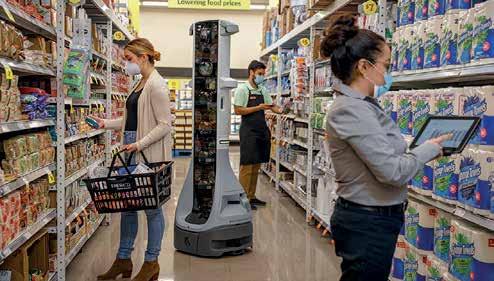
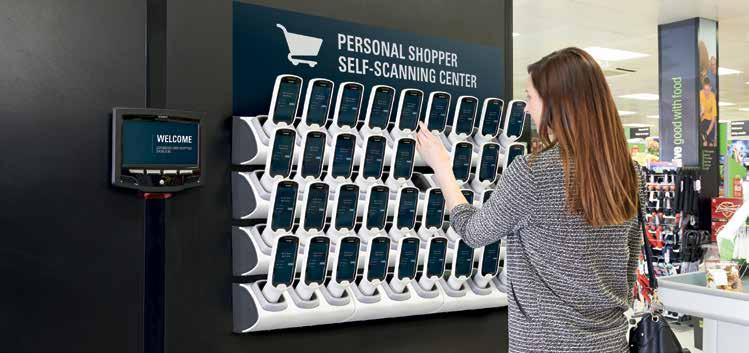
at the store or delivery of items to their customers’ doorsteps, which have become even more relevant during this pandemic.
“Dark stores” are traditional retail stores turned into local fulfilment centres to increase delivery speed and reduce the complexity of traditional supply chains. During this pandemic, some retailers have closed their stores to customers and turned them into “dark stores” to fulfill delivery and pickup orders. With mobile devices, store associates can process realtime order information, update product availability data, and improve picking processes and route planning. Automated “dark stores” translate into additional space capacity, 24/7 operations, speedier deliveries, more sales, and improved customer satisfaction.
IMPROVING ORDER PICKING PRODUCTIVITY
With increasing e-commerce sales and a reduced workforce in facilities, businesses are faced with the challenge of doing more with less resources. By implementing new workflow processes with edge technology, companies can extend human capabilities by connecting assets, people and processes and achieve an integrated, profitable, and compliant supply chain. Mobile computing, scanning, and printing solutions can connect operational areas throughout a warehouse, providing the agility needed to realize transformational productivity gains.
By improving order picking productivity, businesses’ operations will improve dramatically. Organizations need to start looking at location solutions which can automatically sense the location of assets and inventory, help to streamline business production lines and improve productivity to boost efficiency and business growth. Likewise, the use of RFID, artificial intelligence (AI) and augmented reality (AR) solutions can provide an added performance edge to warehouse workers. Some retailers are starting to deploy smart glasses in their warehouses to help employees quickly complete assigned tasks and perform laborious tasks using both hands.
Another exciting industry trend is the use of robotics and cobots. Intelligent automation solutions are enhancing picking productivity and reducing repetitive physical labour tasks as well as unnecessary walking within massive warehouses and distribution centers. Contrary to popular belief, eliminating human involvement in the warehouse is not the end goal. Rather, the objective of robotics is to enhance and augment workers’ capabilities and allow them to perform more value-oriented tasks by getting machines to do the mundane chores.
NEW WAYS OF DELIVERING
With new ways of shopping, new ways of delivering have emerged. Click and collect, or buy online, pick-up in store (BOPIS) are becoming consumers’ preferred methods of shopping. In the new retail era, we can expect this to continue while retailers implement additional solutions that minimize in-store contact and improve customer convenience.
Drive-thrus are no longer exclusive to fast-food chains, with more retailers offering it to reduce human contact. Mobile computing solutions are being used for line busting to hasten the checkout process while reducing queues at the counter.
Retailers are not only creating their own e-commerce sites but offering exclusive delivery apps to provide detailed order status to customers. By increasing visibility for the customer, retailers are gaining greater customer satisfaction and loyalty.
Retailers today can leverage innovative technology solutions to improve workforce productivity and enhance operational efficiency, while serving the needs of their customers and employees. By deploying the right technology and workflows, retailers will drive better delivery processes, faster service, improved inventory management and compliance with new social distancing policies, all of which are the basic premises of the new age of retail.
Scan the QR Code to learn more.

